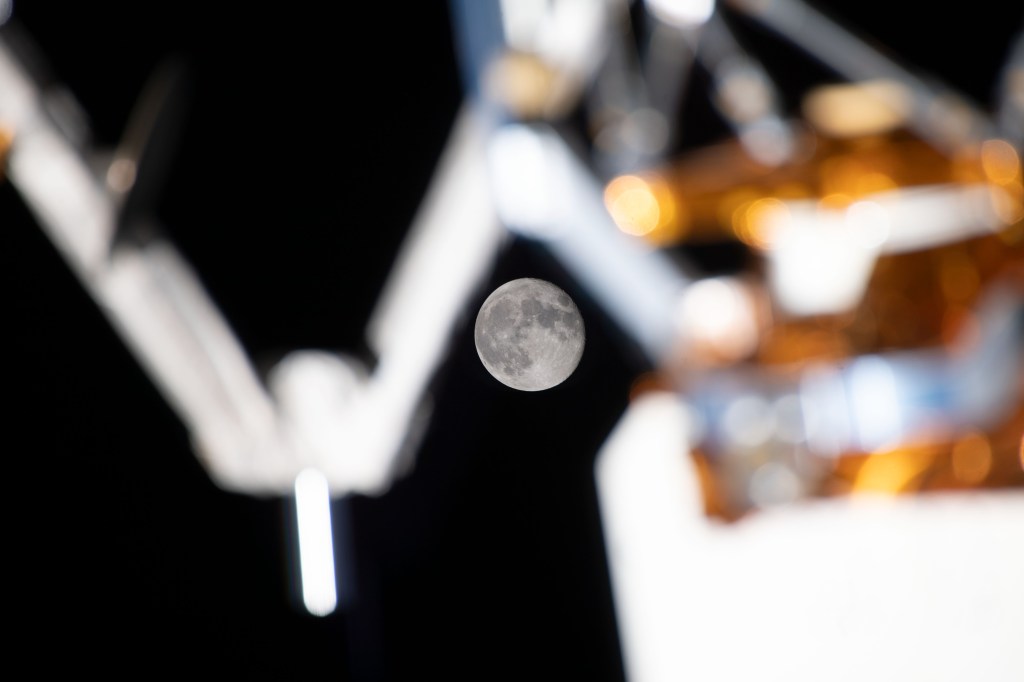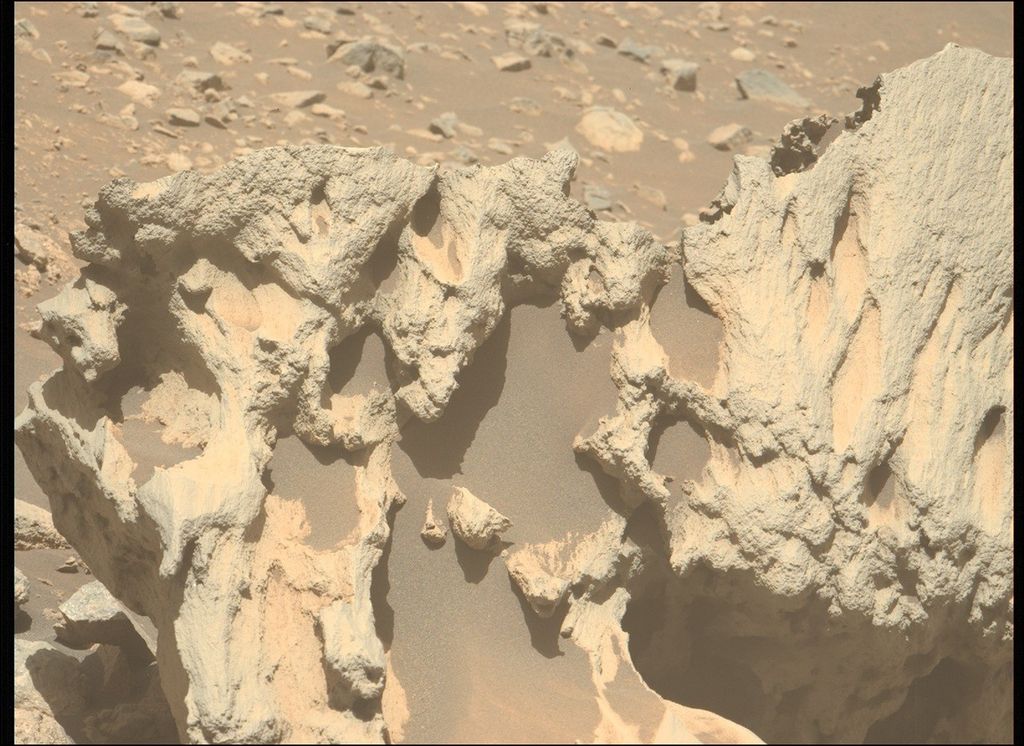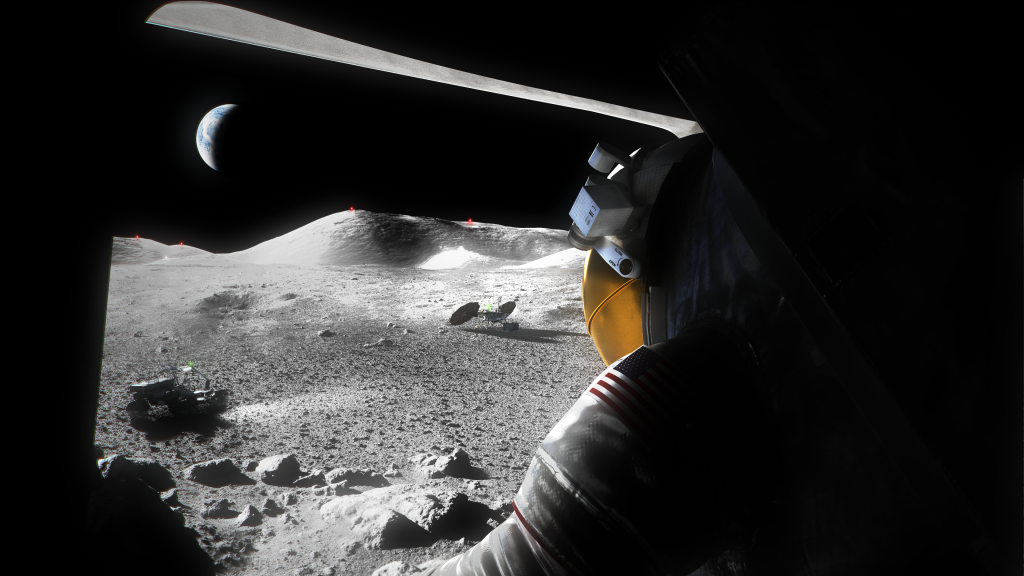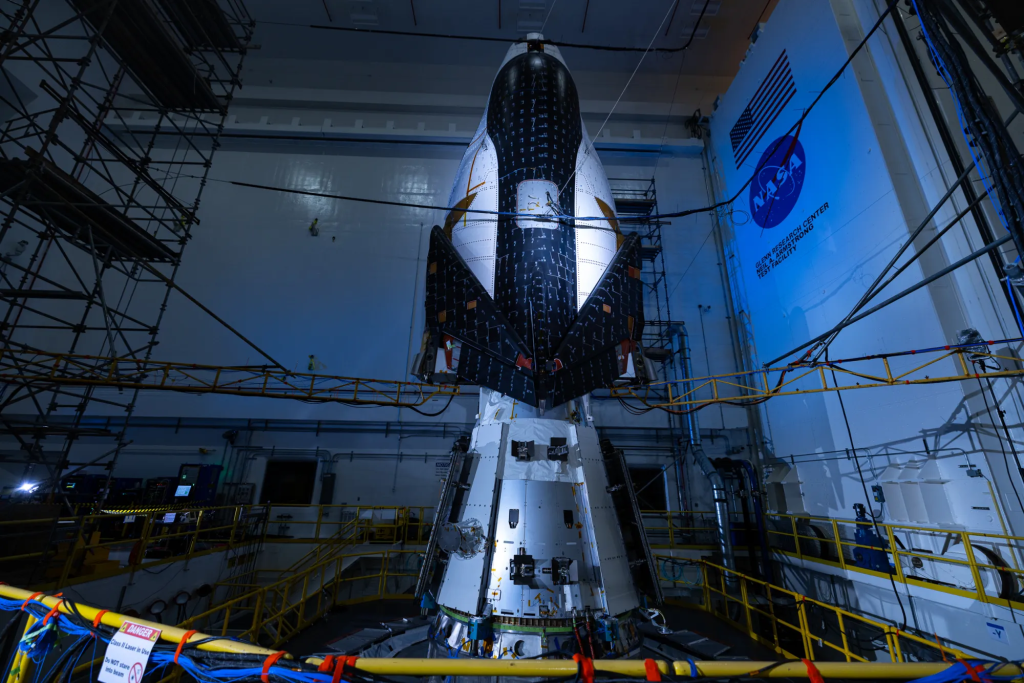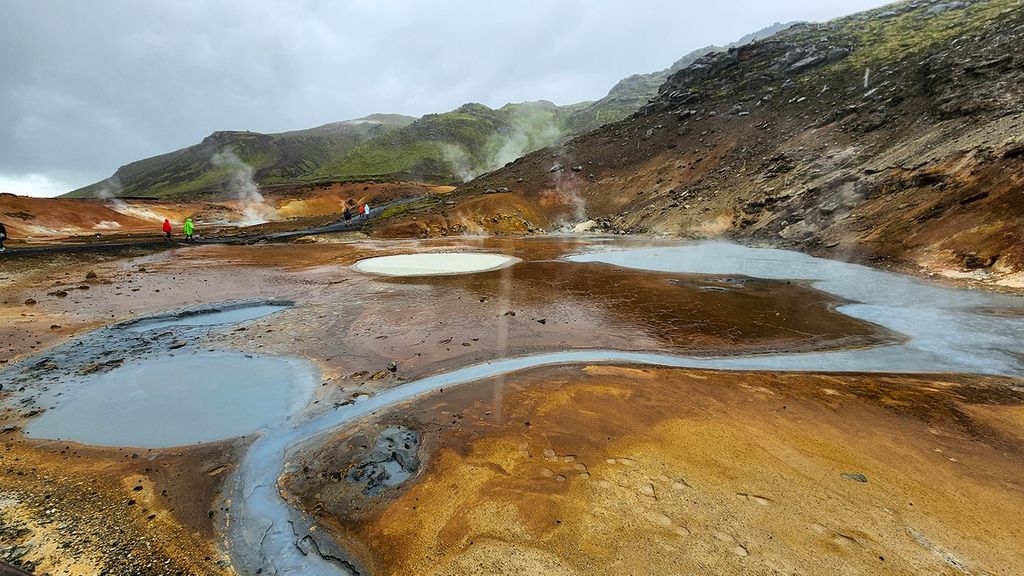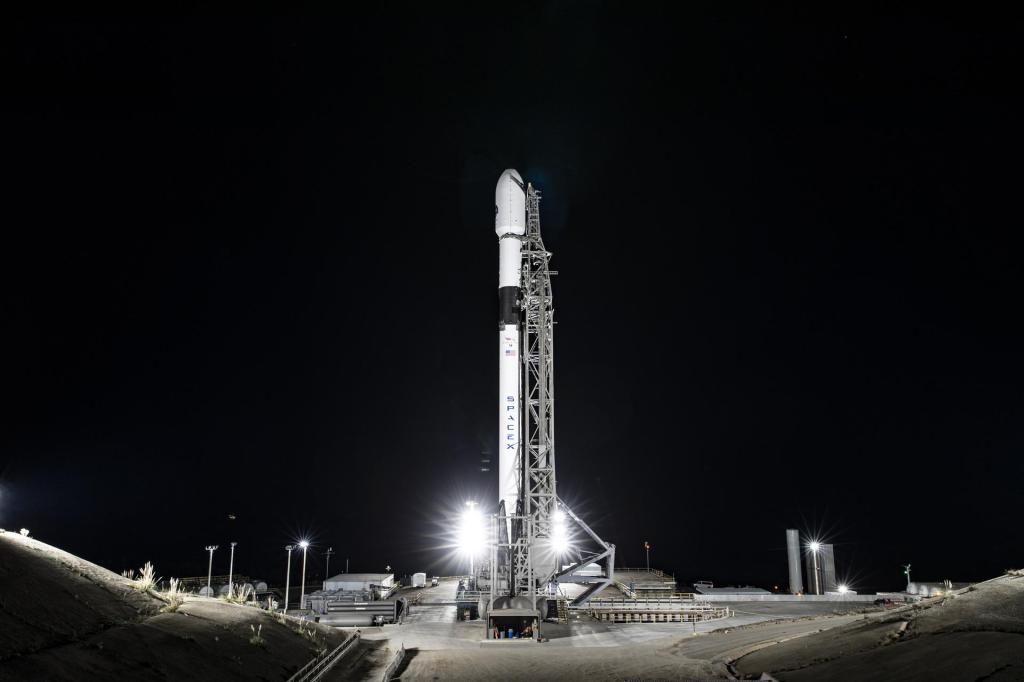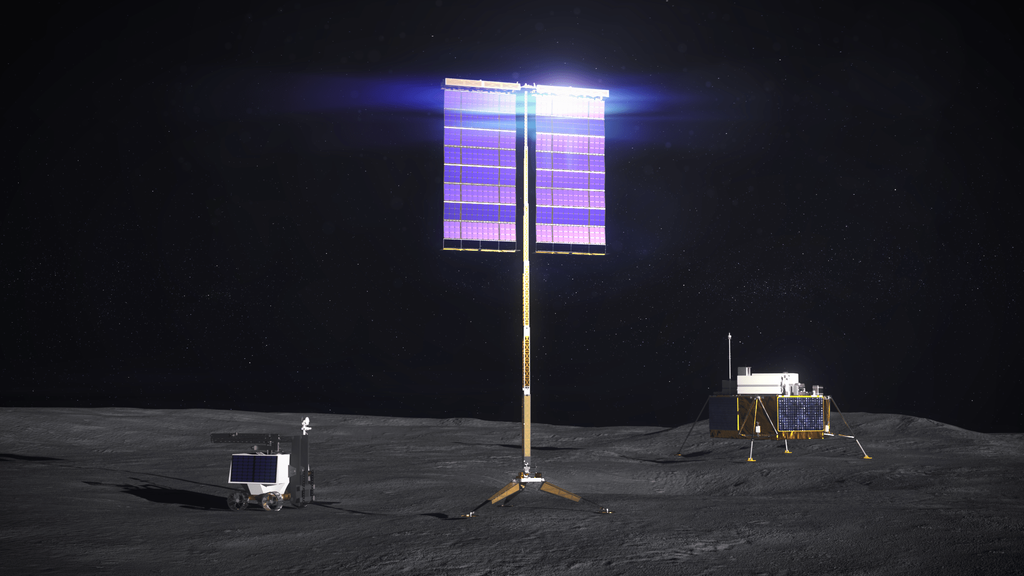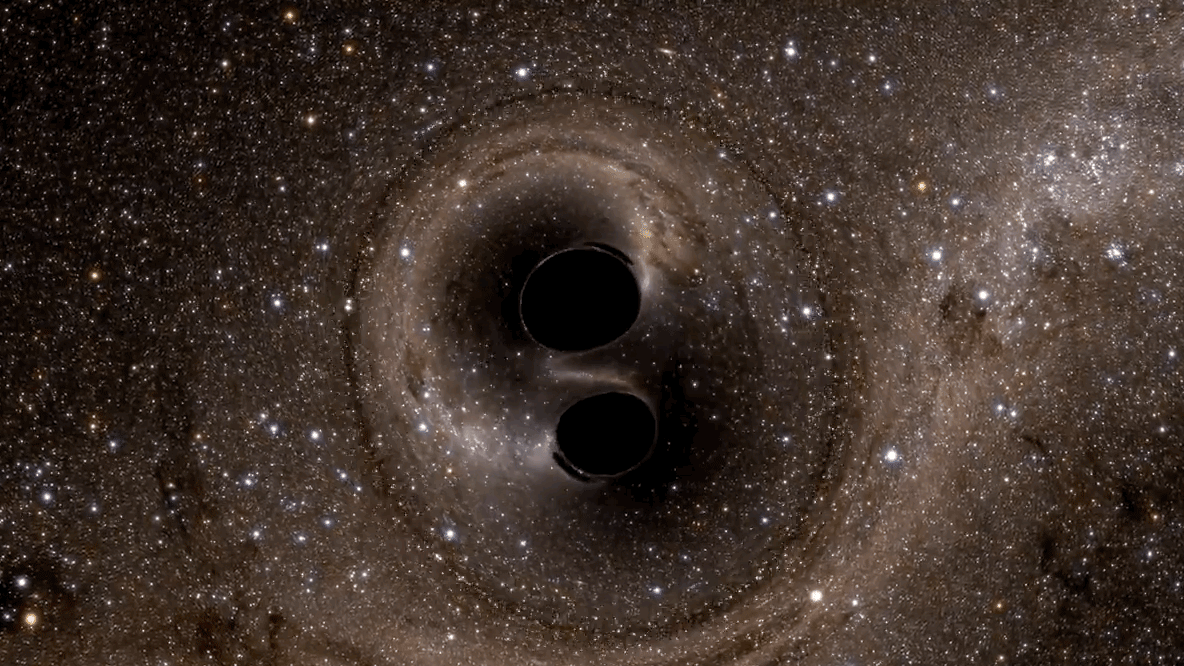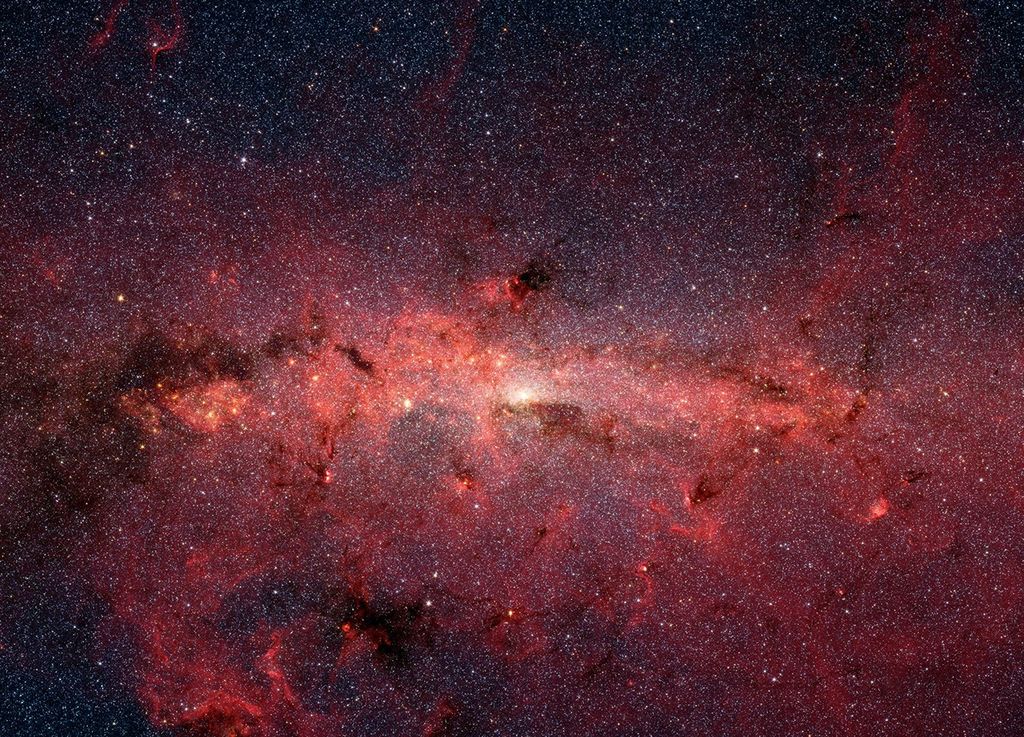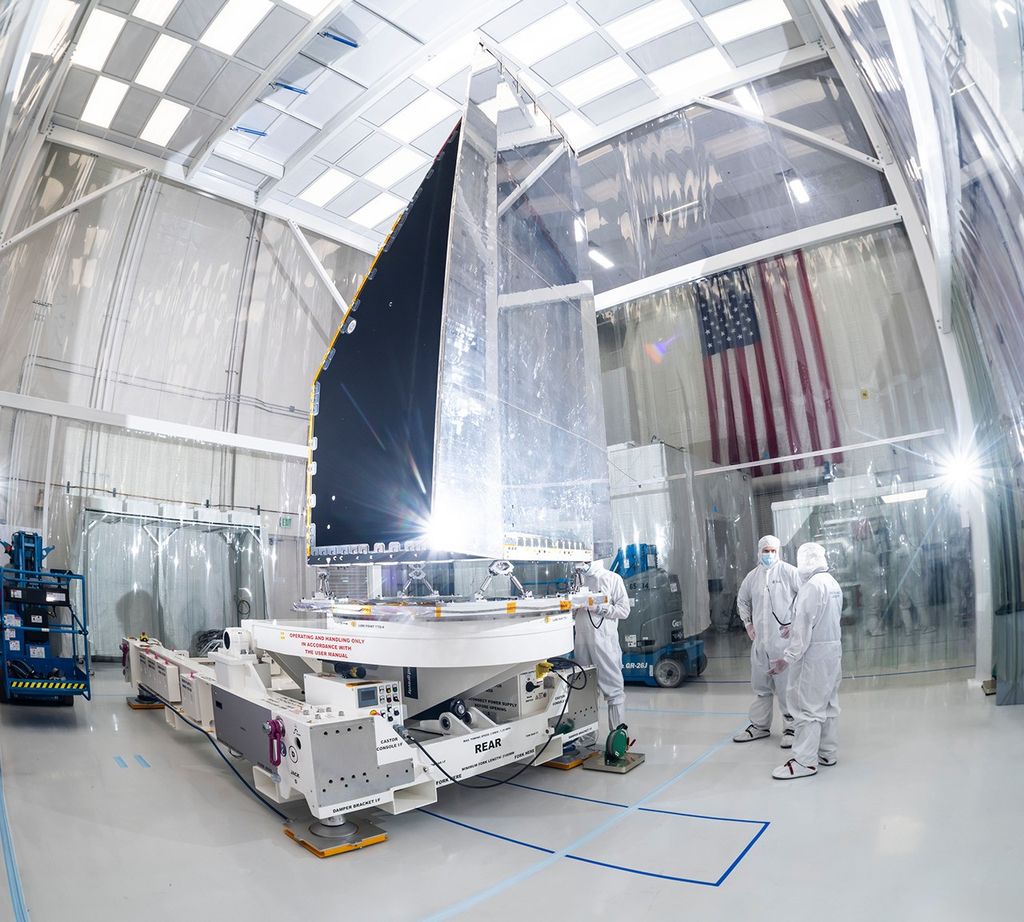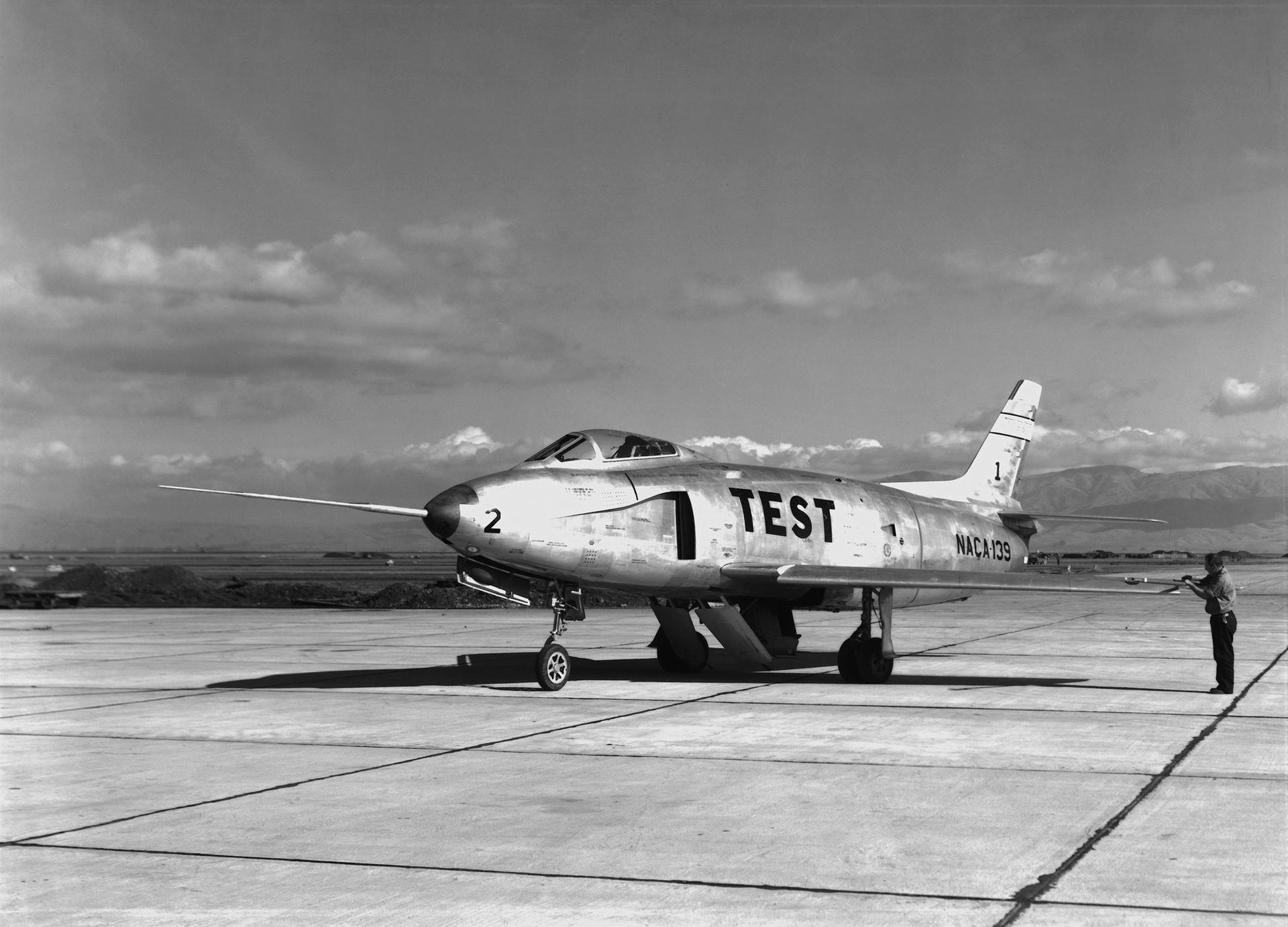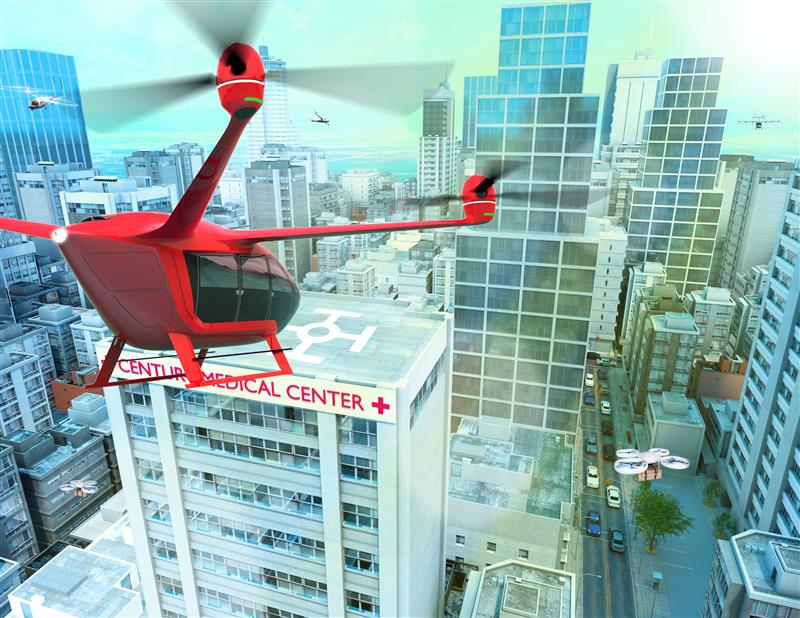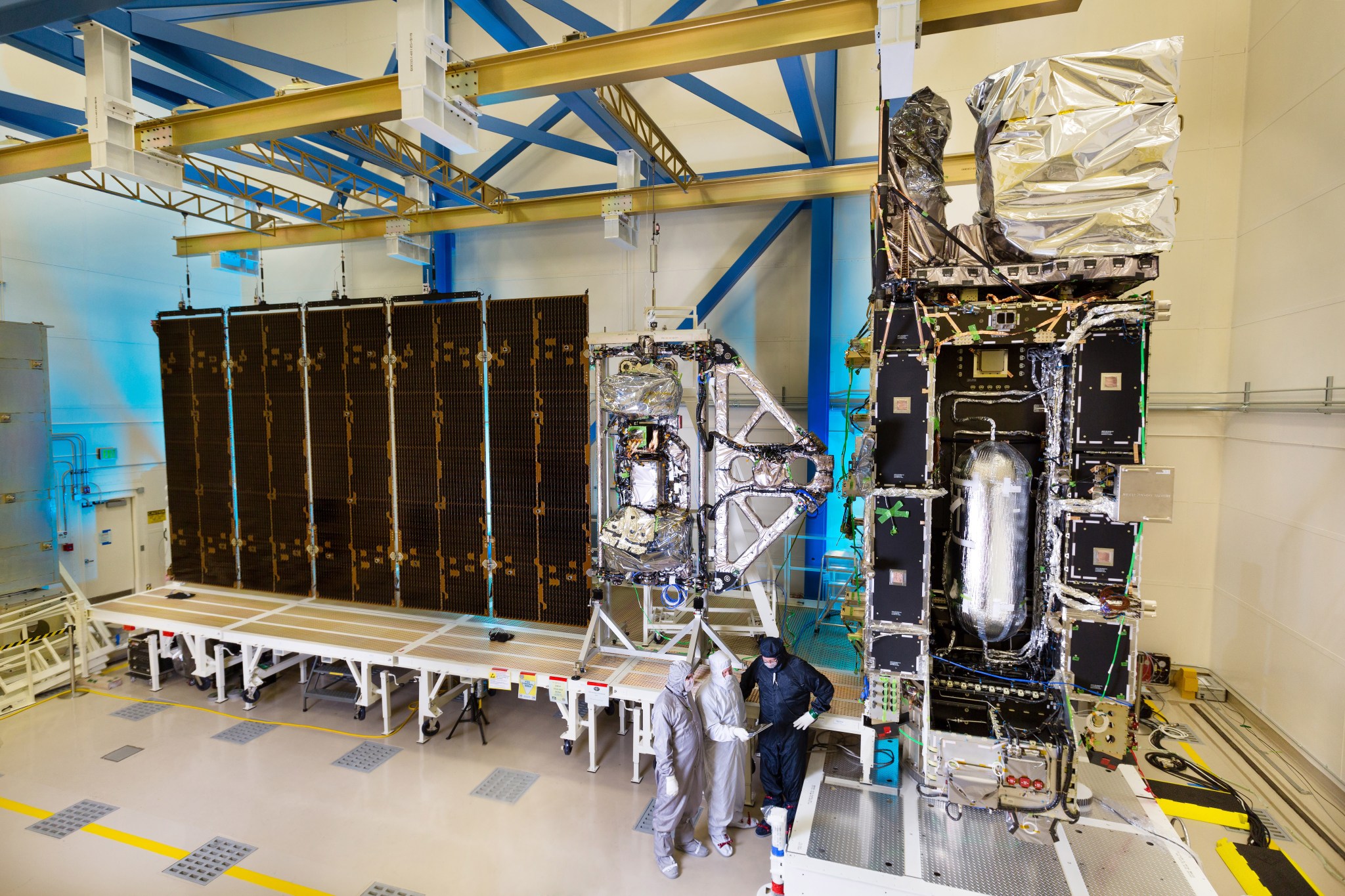The solar panel array on NOAA’s Geostationary Operational Environmental Satellite (GOES) – R spacecraft has been successfully deployed in a test conducted at Lockheed Martin Corporation in Littleton, Colorado. The five sections of the solar array resemble a giant black wing.
Credits: Lockheed Martin Corporation
Engineers completed the deployment of the Solar Array Wing Assembly including the Solar Pointing Platform in a cleanroom facility where the GOES-R satellite is being assembled.
The Sun Pointing Platform holds two of the GOES-R space weather instruments: the Extreme Ultraviolet and X-ray Irradiance Sensors (EXIS) and the Solar Ultraviolet Imager (SUVI).
Engineers unfurled the five panels of the solar panel array on rails that help simulate deployment in the zero-gravity environment of space. The solar array will generate more than 4,000 watts of power for NOAA’s GOES-R satellite once it is launched in March 2016 and resembles a giant black wing. The wing is folded up at launch and deploys once in orbit, where it will rotate once a day on orbit to continuously point its solar array photovoltaic cells towards the sun.
Photovoltaic cells in the solar array derive electricity from sunlight. Photovoltaics is a method that uses semiconductors to convert solar radiation into direct current electricity. The GOES-R photovoltaics in the solar panel array will power the entire satellite including all of the instruments, computers, data processors, attitude control sensors and actuators, and telecommunications equipment.
The GOES-R satellite, slated to launch in 2016, is now ready for environmental testing. Environmental testing simulates the harsh conditions of launch and the space environment once the satellite is in orbit. The GOES-R satellite and its instruments will undergo a variety of rigorous tests which includes subjecting the satellite to vibration, acoustics and temperature testing as part of this process.
The GOES-R Series is NOAA’s next generation of geostationary Earth-observing systems. The GOES-R program is a collaborative development and acquisition effort between NOAA and NASA. The advanced spacecraft and instrument technology employed by the GOES-R series will provide significant improvements in the detection and observations of environmental phenomena that directly affect public safety, protection of property and our nation’s economic health and prosperity.
For more information about the completion of the solar panel:
https://www.nasa.gov/content/goddard/noaa-goes-r-satellite-black-wing-ready-for-flight
For more information about GOES-R, visit:



